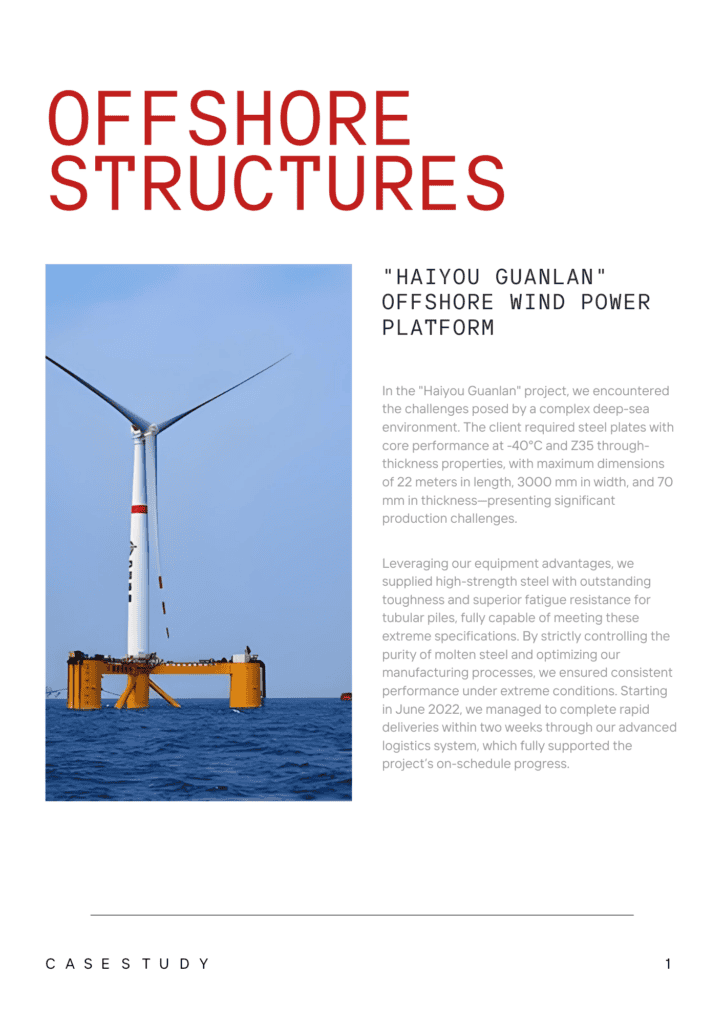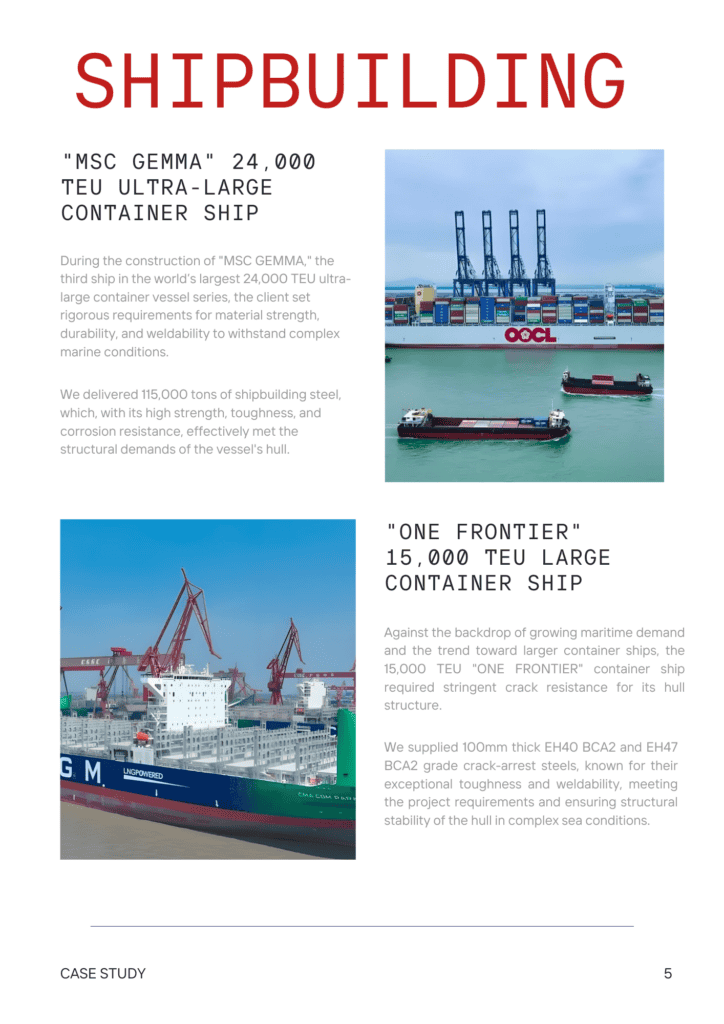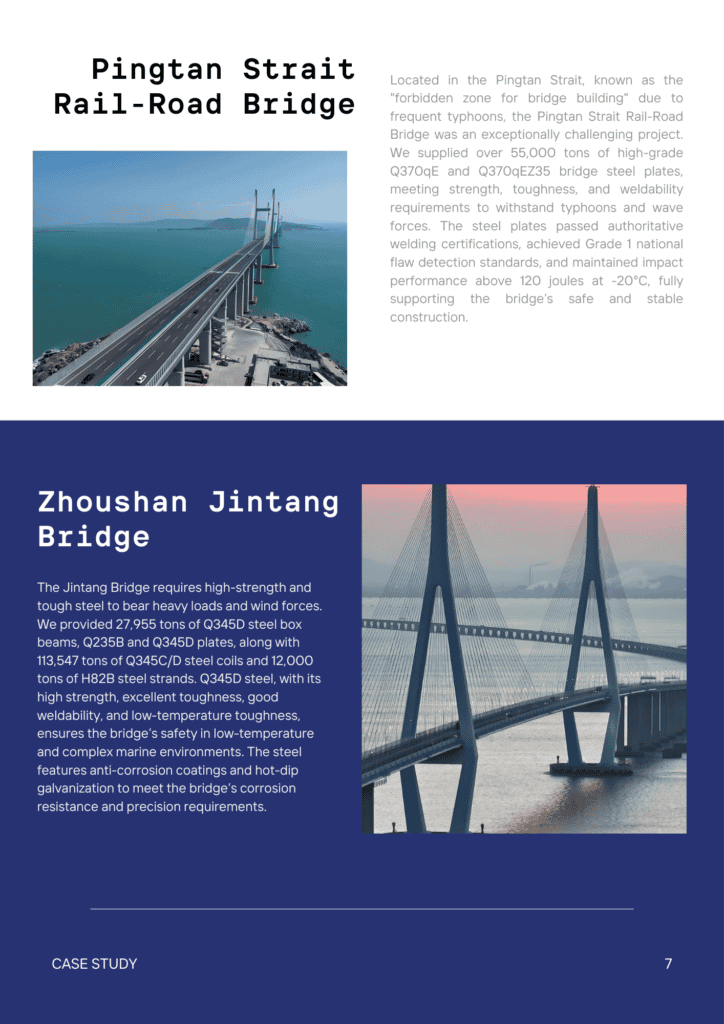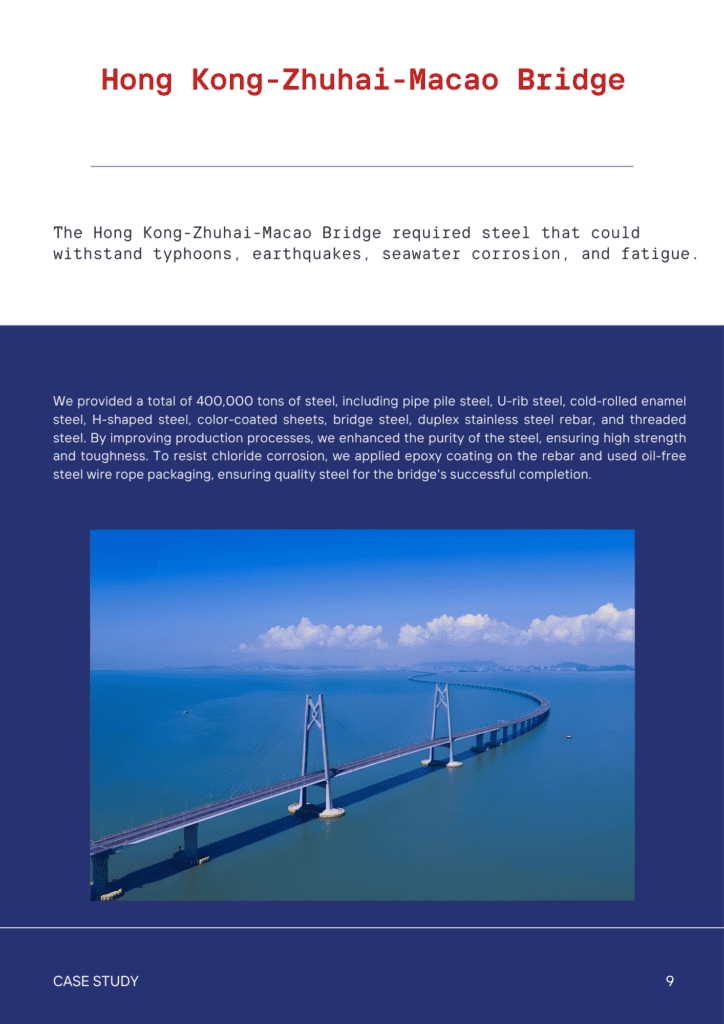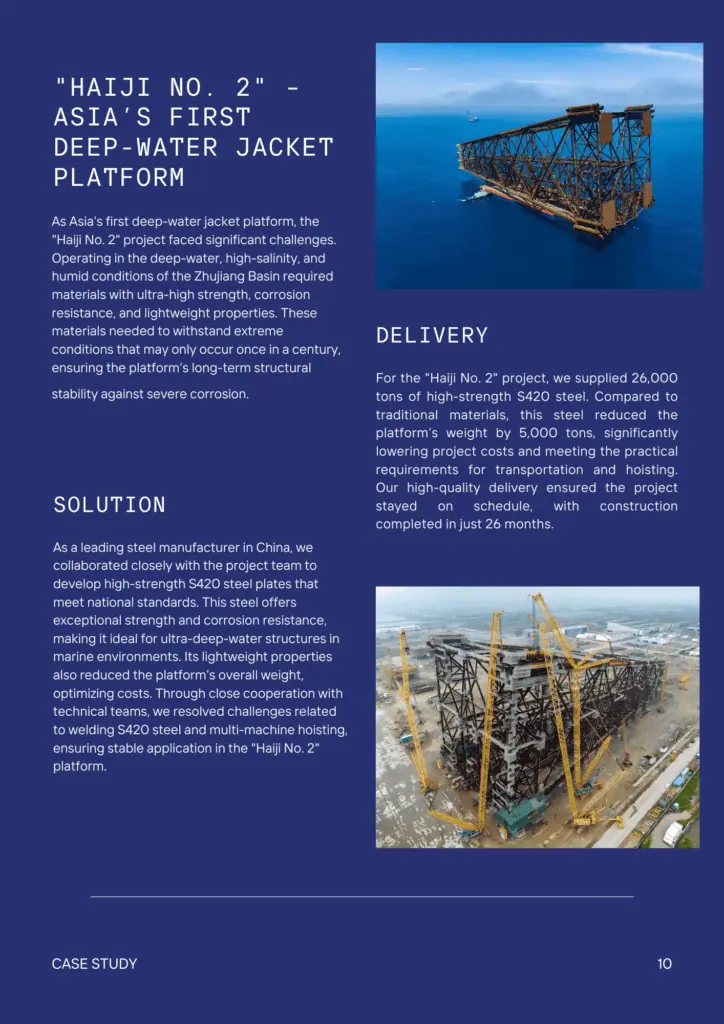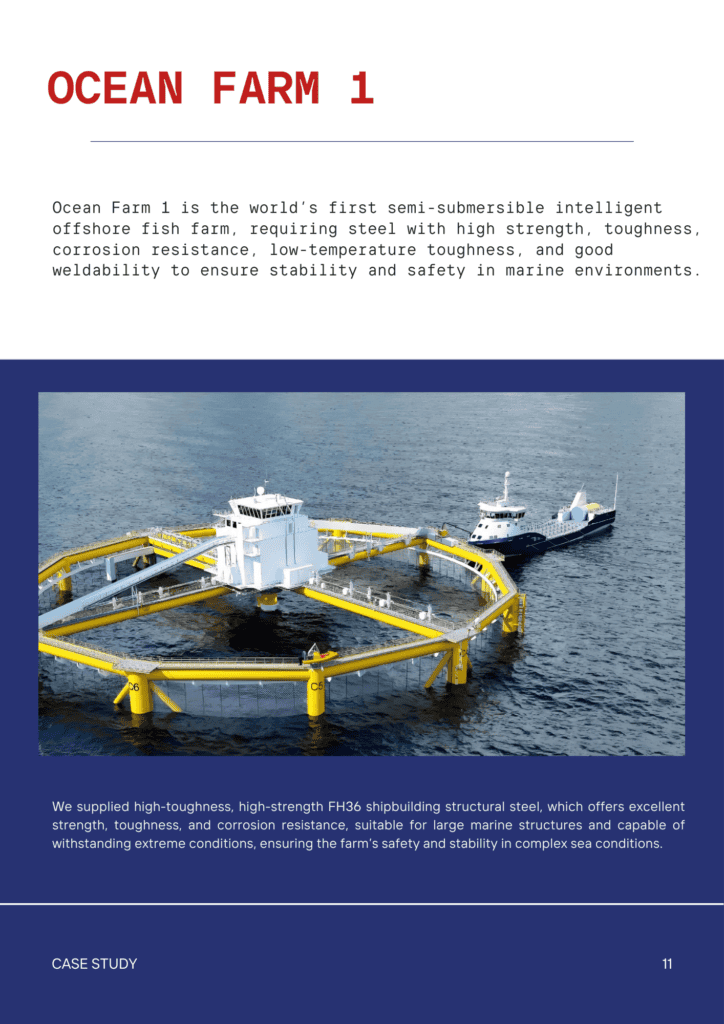Contents
What Are The Differences Between W1 Tool Steel and 1095 High Carbon Steel?
- John

W1 Tool Steel is more durable and maintains its sharpness for a longer period compared to 1095 High Carbon Steel. It offers better wear resistance. In contrast, 1095 High Carbon Steel is tougher and more affordable. It provides greater flexibility and easier maintenance.
As a professional tool steel supplier, we recommend W1 Tool Steel for precision tools and high-performance blades that demand exceptional hardness. For everyday knives and general-purpose tools, 1095 High Carbon Steel is a reliable and cost-effective option.
W1 Tool Steel and 1095 Steel Introduction
W1 Steel
W1 steel is a high-carbon, water-hardening tool steel known for its excellent hardness and edge retention. It’s typically used in cutting tools, blades, and other high-performance applications that demand sharpness and precision. W1 is often selected for tasks that require minimal alloying elements, focusing on pure carbon for enhanced hardness.
1095 Steel
1095 steel is also a high-carbon steel, containing approximately 0.95% carbon. It is well-regarded for its ability to achieve a high hardness level and is commonly used in the production of knives, blades, and cutting tools. 1095 steel is simple and cost-effective, though it lacks the alloying elements of some tool steels, which makes it more prone to corrosion without proper care.
Chemical Composition of W1 Tool Steel and 1095 Steel
| Element | W1 Steel | 1095 Steel |
| Carbon (C) | 0.90 – 1.05% | 0.90 – 1.03% |
| Manganese (Mn) | 0.30 – 0.50% | 0.30 – 0.50% |
| Silicon (Si) | 0.20% | 0.10 – 0.30% |
| Phosphorus (P) | ≤ 0.030% | ≤ 0.040% |
| Sulfur (S) | ≤ 0.030% | ≤ 0.050% |
| Alloying Elements | None | None |
Performance Comparison: W1 Steel vs 1095 Steel
Hardness
W1 steel can reach higher hardness levels than 1095 steel, typically around 65 HRC, making it suitable for applications that require exceptional edge retention. 1095 steel typically reaches a hardness of 58-65 HRC, which is sufficient for many cutting tools but may wear faster in high-use applications.
Tensile Strength
Both W1 and 1095 steels offer strong tensile strength, but W1 steel tends to perform slightly better under stress due to its higher hardness and carbon content. W1’s tensile strength generally ranges from 1,200 to 1,400 MPa, while 1095 steel’s tensile strength is slightly lower at 1,100 to 1,300 MPa.
Wear Resistance
W1 steel, with its high carbon content and lack of alloying elements, excels in wear resistance. It holds its edge well but can be prone to brittleness under heavy impact. 1095 steel, being simpler in structure, has good wear resistance but may not maintain an edge as well over time as W1.
Corrosion Resistance
Neither W1 nor 1095 steel is particularly corrosion-resistant. Both are high-carbon alloys and are susceptible to corrosion if not adequately cared for. W1 steel may show slightly better corrosion resistance due to its silicon content, but both require frequent maintenance in humid or corrosive environments.
Toughness
W1 steel, though harder, tends to be more brittle compared to 1095 steel. While it can maintain a sharp edge for longer periods, it is more likely to crack or chip under impact. 1095 steel, with a simpler carbon structure, is slightly more forgiving and can withstand more stress without breaking.
Cost
W1 Steel is more expensive than 1095 due to its higher hardness, higher carbon content, and more specialized applications. It is often chosen when extreme hardness and edge retention are crucial.
1095 Steel is more affordable and cost-effective, especially for general-purpose applications where cost plays a larger role than maximum performance. It is ideal for mass production of knives and cutting tools due to its simplicity.
W1 Steel and 1095 Steel Different Applications
W1 Steel Applications
- Cutting Tools: Used in making chisels, knives, and industrial cutting tools that require a sharp edge.
- Blades: Often used for swords, industrial knives, and shears.
- Forming Dies: W1 is used in applications that require high hardness and wear resistance.
1095 Steel Applications
- Knives and Blades: Widely used in crafting kitchen knives, hunting knives, and combat knives.
- Cutting Tools: Commonly used for utility knives, saw blades, and other cutting instruments.
- Hand Tools: 1095 steel is also found in the construction of chisels, hammers, and other hand tools where a sharp edge is important.
When to Choose W1 Steel or 1095 Steel?
At SteelPro Group, we recognize that selecting the appropriate steel depends on the particular requirements of your project. Here’s a quick breakdown of when to choose W1 steel and when 1095 steel might be the better option:
Choose W1 Steel if you need maximum hardness and precision for tools that demand a sharp edge and can handle more frequent sharpening. W1 is great for knives and tools used in controlled environments where corrosion isn’t a major concern, and high performance is key.
Choose 1095 Steel if you’re looking for a cost-effective steel that still offers excellent edge retention for knives, blades, and cutting tools. 1095 is perfect for applications where affordability, sharpness, and durability are essential, and you’re comfortable with some regular maintenance to protect against corrosion.
W1 and 1095 Steel Solutions by SteelPro Group
SteelPro Group is a global leader in high-quality steel manufacturing. We partner with many companies to supply steel products like W1, 1095, and H13 products, helping them achieve their goals.
Our professional processing services ensure you can use our steel immediately and easily. Choose SteelPro Group for reliable steel and excellent service to support your projects Now!




